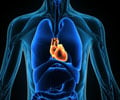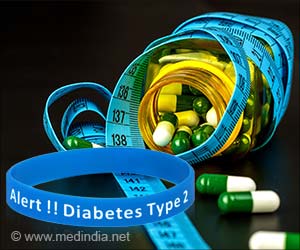
‘United States Preventive Services Task Force has initiated recommendations for using statin drugs in the primary prevention of heart diseases.’
Tweet it Now
Recommendations:- The USPSTF recommends initiating use of low- to moderate-dose statins in adults ages 40 to 75 years without a history of cardiovascular disease (CVD) who have 1 or more CVD risk factors (dyslipidemia, diabetes, hypertension, or smoking) and a calculated 10-year CVD event risk of 10 percent or greater (B recommendation, indicating that there is high certainty that the net benefit is moderate, or there is moderate certainty that the net benefit is moderate to substantial).
- The USPSTF recommends that clinicians selectively offer low- to moderate-dose statins to adults ages 40 to 75 years without a history of CVD who have 1 or more CVD risk factors and a calculated 10-year CVD event risk of 7.5 to 10 percent (C recommendation, indicating this should be selectively offered or provided to individual patients based on professional judgment and patient preferences. There is at least moderate certainty that the net benefit is small).
- The USPSTF concludes that the current evidence is insufficient to assess the balance of benefits and harms of initiating statin use in adults 76 years and older (I statement, indicating that evidence is lacking, of poor quality, or conflicting, and the balance of benefits and harms cannot be determined).
The USPSTF is an independent, volunteer panel of experts that makes recommendations about the effectiveness of specific preventive care services such as screenings, counseling services, and preventive medications.
Importance
Cardiovascular disease is a broad term that encompasses a number of atherosclerotic conditions that affect the heart and blood vessels, including coronary heart disease, as ultimately manifested by myocardial infarction (MI; heart attack), and cerebrovascular disease, as ultimately manifested by stroke. Cardiovascular disease is the leading cause of illness and death in the United States, accounting for 1 of every 3 deaths among adults. Statins are a class of lipid-lowering medications that reduce levels of total cholesterol and low-density lipoprotein cholesterol (LDL-C).
Potential Benefits of Statin Use
Advertisement
Potential Harms of Statin Use
Advertisement
Source-Eurekalert














